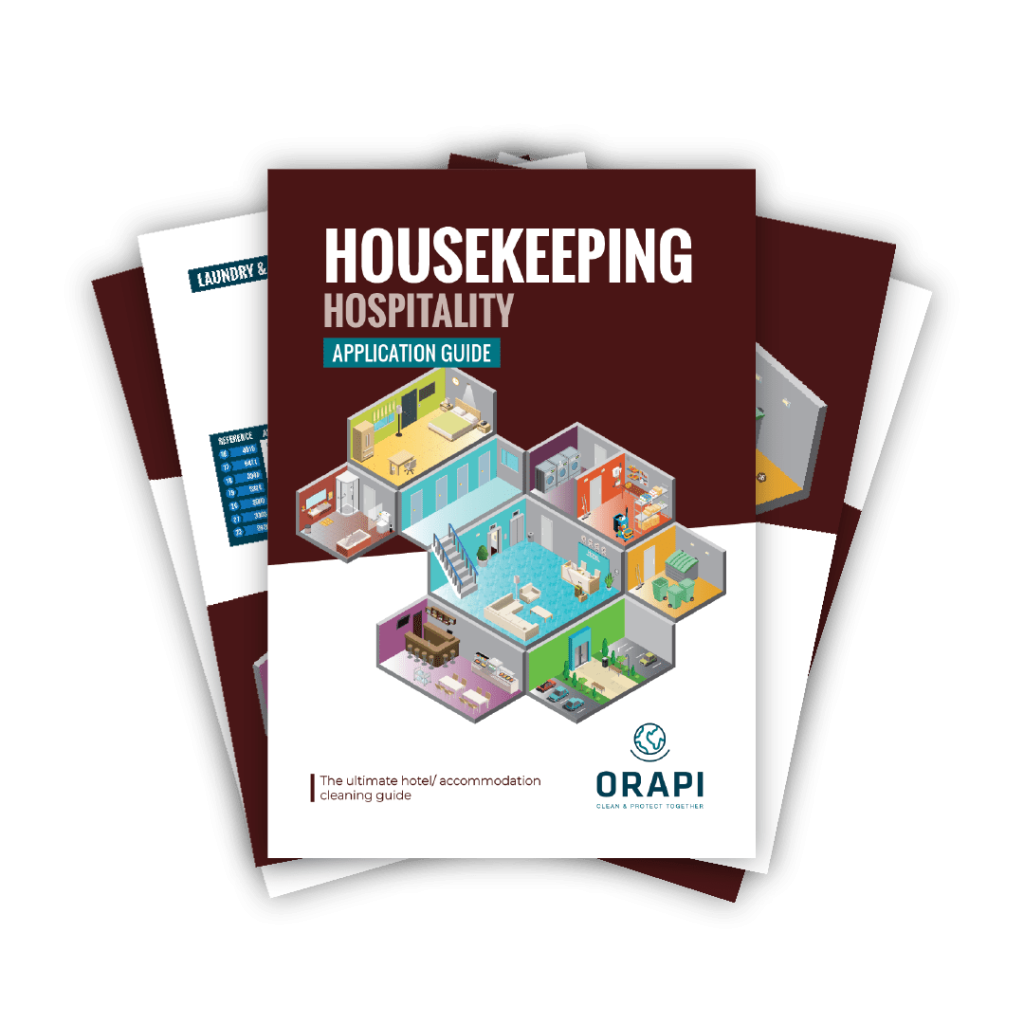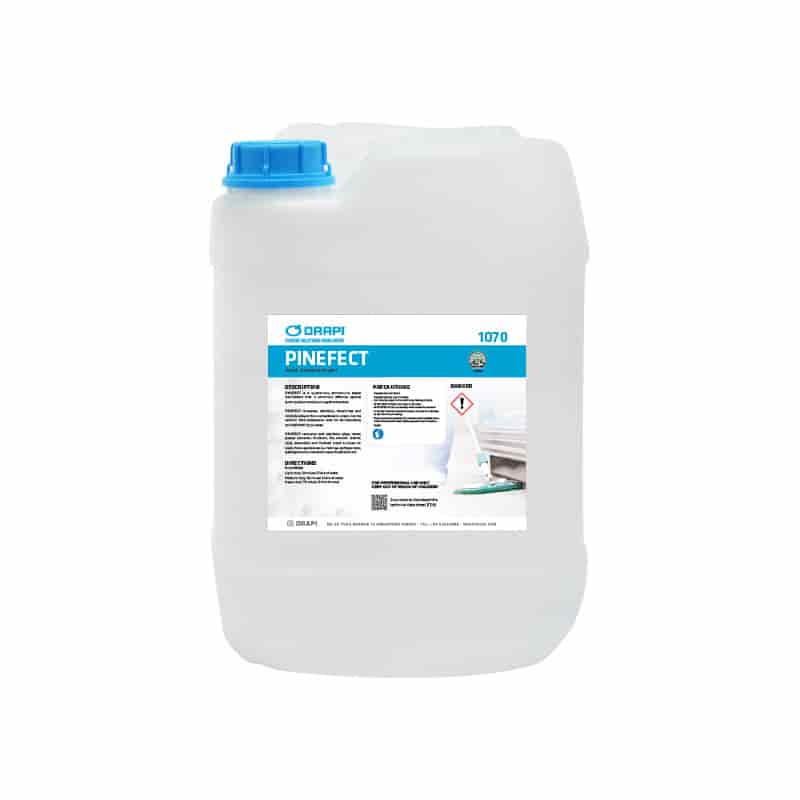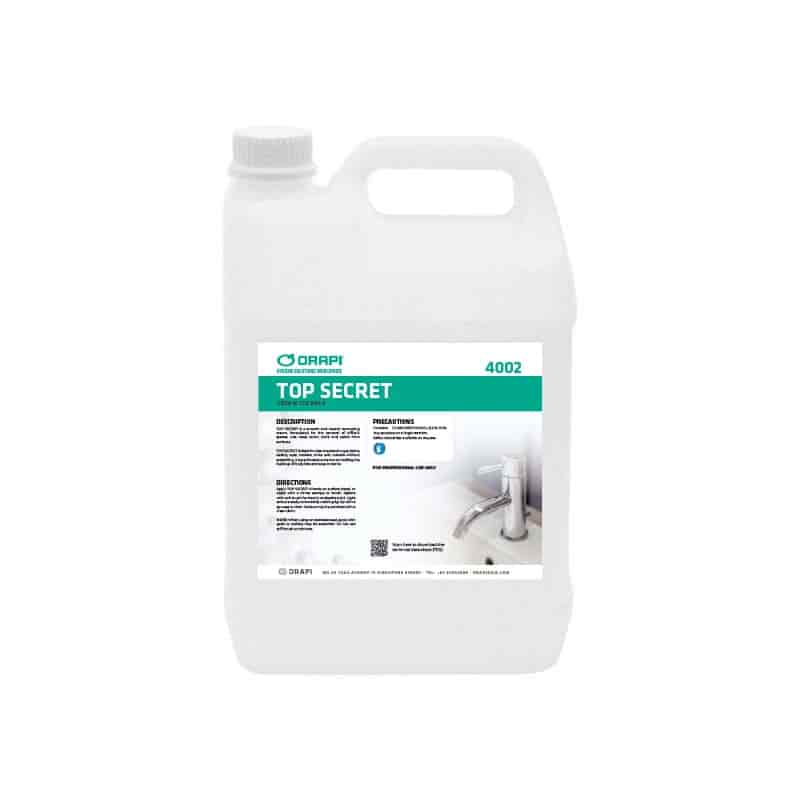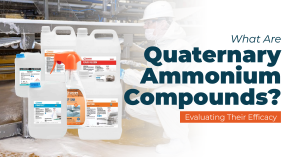
Hardwood floors are an addition of beauty to interiors, adding natural warmth, character, and a sense of elegance that few other types of flooring can match. But most of all, hardwood needs regular maintenance with care for its look and longevity. Small cleaning mistakes lead to permanent damage, dullness, or even warping that will, in turn, affect your floor’s appearance and structural integrity. So, it is important to learn the most common mistakes people commit when cleaning hardwood floors.
In this article, we’ll explore the most common mistakes people make when cleaning hardwood floors and how you can avoid them. Follow these tips to keep your hardwood in great condition for years to come.
Using Too Much Water

Water and wood are not exactly the best of friends, and yet many still clean their hardwood floors with a mop that’s dripping wet. In these cases, the excess water can trickle down to the wood through osmosis, creating water stains, swelling of the spot, or even warping of the boards in extreme situations. Unlike other surfaces, hardwood is one of those porous materials that can absorb moisture from its surroundings; thus, over time, this may affect or weaken the wood structure.
Solution
Lightly dampen your mop when cleaning hardwood floors and wring it out thoroughly with each pass over the floor. A slightly damp mop will clean the surface without over-saturating it. Also, when you are finished, do not let water stand on top of the floor; dry it immediately to prevent long-term damage.
Use of Harsh Cleaning Equipment

Any of these tools, like steel wool, scrubbing brushes with bristles, or scouring pads, may scratch the surface of hardwood floors and ruin the finish, leaving behind unsightly marks. Typically, a hardwood is covered with a protective finish, which may easily wear out as a result of using such tools.
Solution
Use soft, less aggressive cleaning tools like microfiber mops, soft cloths, and sponges. This picks up dirt off the surface without scratching the wood. For stubborn spots, apply a little pressure using a soft-bristled brush or microfiber cloth instead of scrubbing hard.
Letting Spills Lie

If spills are left on hardwood, permanent stains will set in, along with a variety of structural problems. Liquids that are able to seep between the floorboards-when not wiped up soon enough cause swelling or discoloration and, over time, can even encourage mold to grow.
Solution
Immediately clean up spills as they occur. Gently blot the spill using a soft, absorbent microfiber cloth. Avoid rubbing in any manner, which tends to spread the spill further. Follow up with a wood-safe cleaner as necessary to prevent discoloration and to disinfect the area.
ORAPI RECOMMENDS:
Using Harsh Chemicals
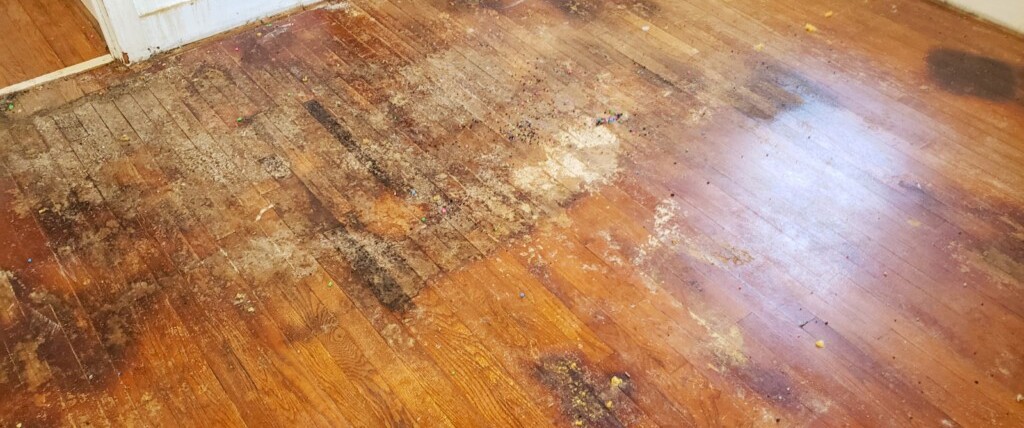
Not all cleaners are hardwood-friendly, and harsh chemicals like ammonia, bleach, and vinegar strip the finish, leaving it dull and discolored. This affects protective coatings applied on hardwood floors by breaking them down over time and making the wood exposed for further damage.
Solution
Use cleaners specifically designed for hardwood. Hardwood floor cleaners are usually pH-neutral, meaning they will clean the floor well without removing the finish or affecting the wood.
Steam Cleaning
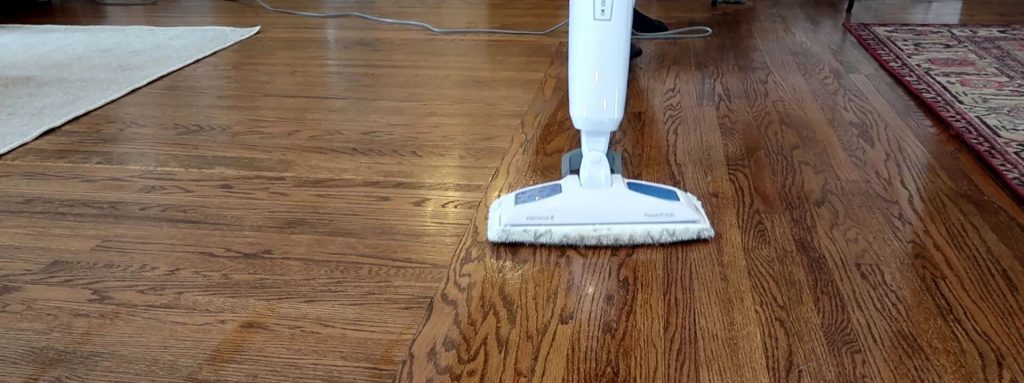
This method is very effective for other surfaces, which include tile and carpet, but it’s unsuitable for hardwood floors. The steam cleaner heat and moisture can warp the wood or create stains in it. In fact, too much heat may weaken the glue that holds planks together, causing buckling or separation.
Solution
Avoid using steam cleaners on hardwood floors. Otherwise, a slightly damp mop would work, or if you are seeking a deep clean, start by vacuuming or sweeping to clear debris. Employ a pH-neutral hardwood cleaner diluted with water and gently mop with a microfiber or flat mop, having wrung it well to avoid oversaturating the floor. Clean in small sections, always following the grain to avoid streaks. For more stubborn stains or heavy-traffic areas, apply the cleaner with a soft cloth or a non-abrasive scrub pad. Then, it can be finished with polish or a wood sealer for additional shine and protection, applied with great care to last longer.
ORAPI RECOMMENDS:
Not Dusting Frequently
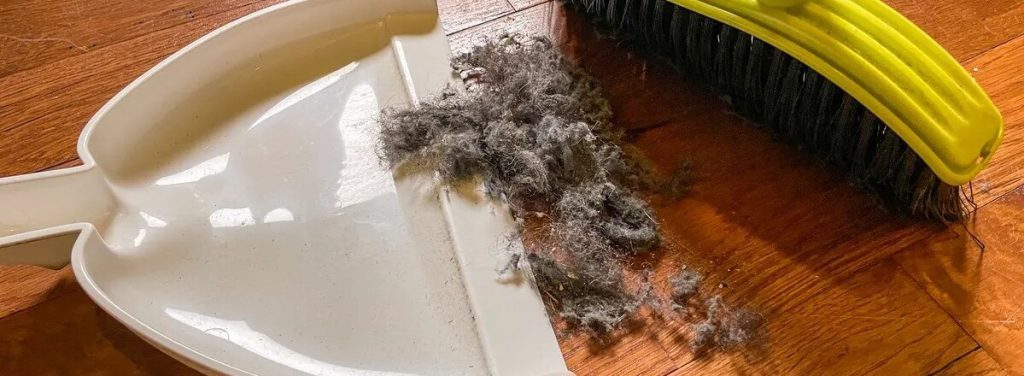
Dust and tiny particles themselves may be harmless, but on hardwood floors, they act like fine sandpaper. The friction of walking on dust-laden floors causes micro-scratches in time that dull the finish and provide a more vulnerable surface to damage.
Solution
Every day, dust or sweep your hardwood floors with a soft-bristled broom or dry microfiber cloth in order to remove dust and small debris. Regular dusting avoids the possibility of buildup to occur with the potential of scratching and wearing and keeps your floor looking polished.
Using the Wrong Vacuum Attachment
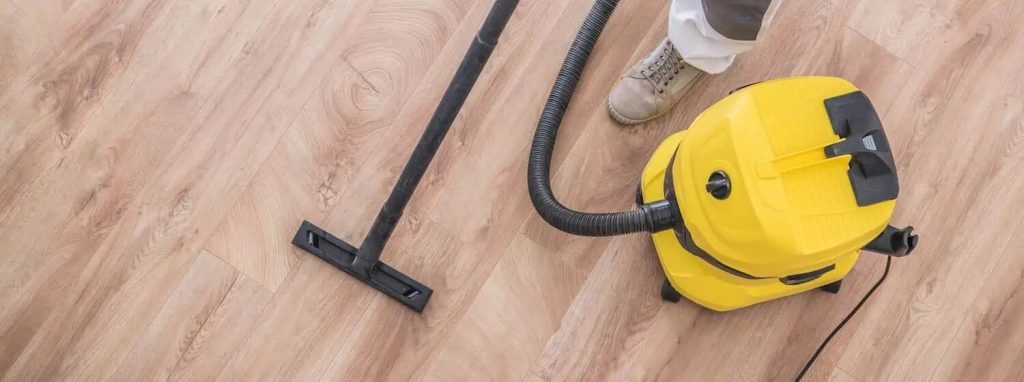
Vacuuming is a very effective means of removing dust and debris from hardwood, but the wrong attachment can do more harm than good. The rotating brush attachments for carpets are much too coarse for hardwood and will scratch the finish.
Solution
Use a hard floor attachment or setting when cleaning hardwood floors, since these attachments are designed in such a way that they will pick up dirt without scratching the floors. You will get dust out of every unreachable area while keeping your hardwood safe from damage.
Waxing and Oiling Polyurethane Finishes
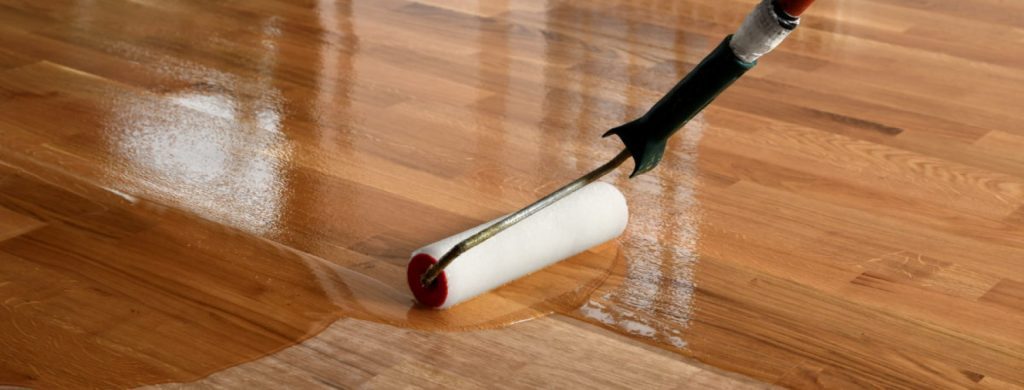
Waxing or oiling may sound like a good idea, in order to give more luster to a hardwood floor that already has a polyurethane finish. In reality, it can only cause some problems. First of all, polyurethane-finished floors do not need further treatment, and the application of wax only brings out a sticky buildup, difficult to remove.
Solution
on floors with a polyurethane finish, use cleaners recommended for this finish. They are formulated to clean the floor while sustaining the polyurethane coating and leaving no unwanted residue. Also, avoid using wax, oil, or polish unless it specifically says it is for polyurethane.
Avoiding Using Window Cleaners
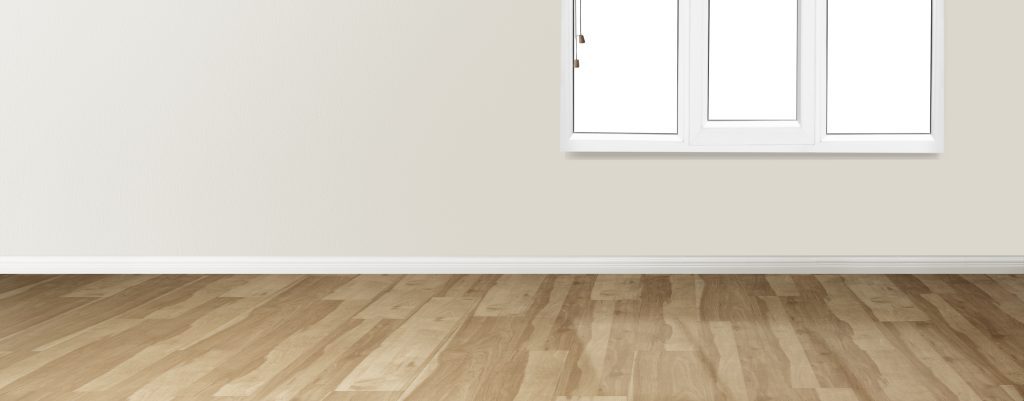
Most window cleaners would have ammonia in them, and that can degrade the structure of hardwood over time, causing discoloration and bleaching of the hardwood surface. The problem with using ammonia on wood is it works well on glass and some other surfaces, but on wood, it is way too potent, and may cause damage with which there is no going back.
Solution
Only cleaners made specifically for wood floors should be used, as they will clean effectively and not damage the integrity of the floor. If you are in a pinch, a diluted mix of water with a few drops of a pH-neutral cleaner can safely clean your hardwood floors.
By avoiding these common mistakes, you’ll make sure that your hardwood stays beautiful and stays in excellent condition. This will go a long way toward extending the life of your hardwood and keeping it looking just as stunning as the day it was installed.
Conclusion
If you properly care for and avoid the mistakes mentioned above when cleaning hardwood floors, your floors will continue to be a thing of beauty and durability for many years. Just remember to use pH neutral cleaners specifically designed for hardwood and a polish or wood sealer. In addition, avoid using too much water, harsh chemicals and equipment, and steam cleaners. Keep these points in mind and you will succeed in preventing damage, and preserving the natural elegance that hardwood brings to any space.
